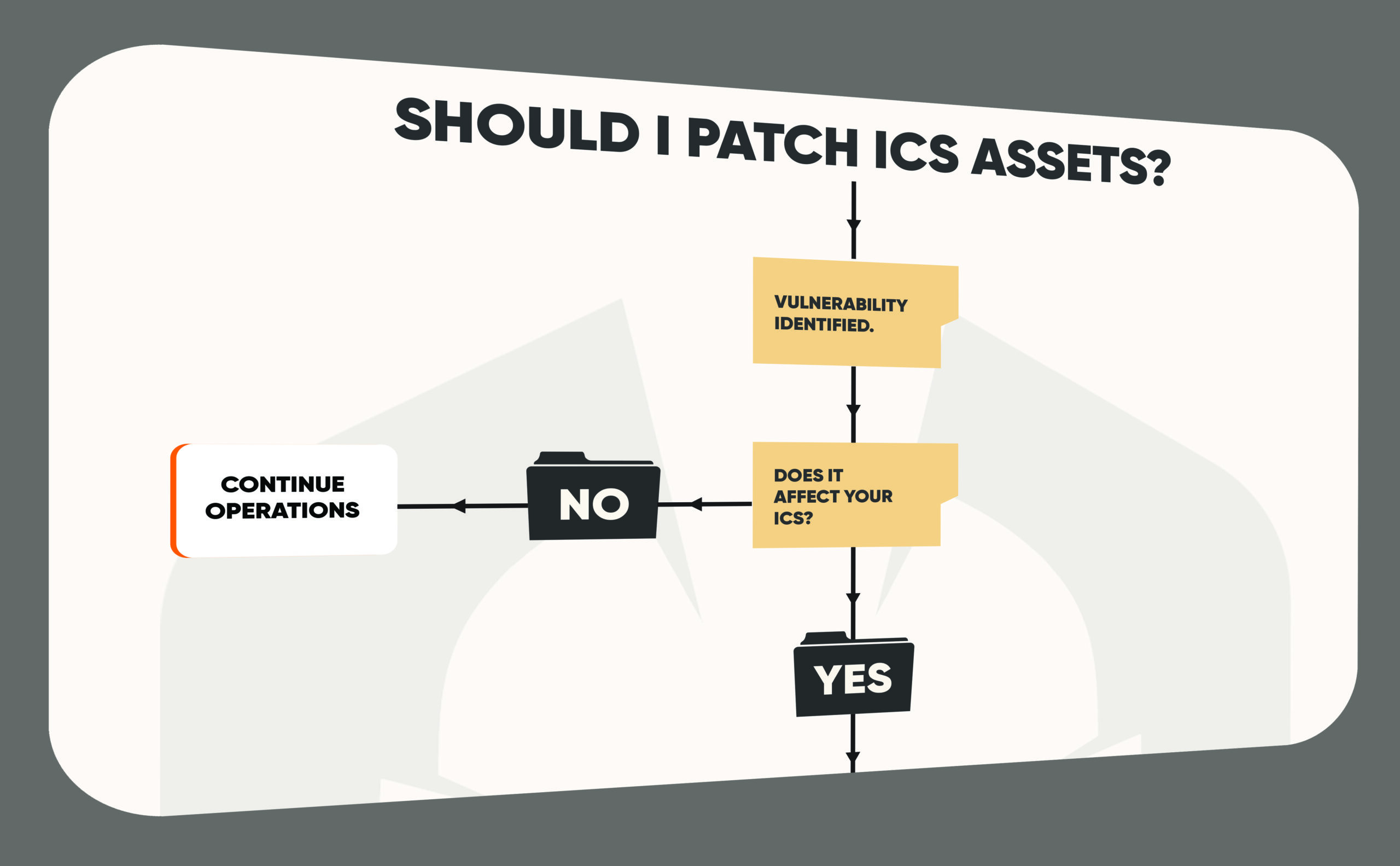Cascading Supply Chain Attack
In recent years, supply chain attacks have become one of the most significant threats to cybersecurity. Hackers are using these attacks to gain unauthorized access to systems and data, which can cause a cascade of events that can be devastating to an organization. This article will discuss the cascading supply chain attack and how it can affect industrial users like electricity, water, oil and gas plants, and manufacturers.
What is a Cascading Supply Chain Attack?
A cascading supply chain attack is a type of supply chain attack where a hacker gains access to one system and then uses that access to compromise other systems that are connected to it. In this type of attack, the hacker infiltrates a trusted vendor or supplier and installs malware or a backdoor into a software application. When the vendor or supplier’s software is used by the end-user, the malware or backdoor is activated, allowing the hacker to gain access to the end-user’s system.
Cascading supply chain attacks are particularly effective because they can cause a domino effect, where the initial breach can lead to the compromise of multiple systems. For industrial users, this can be especially dangerous, as it can cause critical infrastructure systems to fail, leading to significant consequences like blackouts or spills.
Case Study:
A recent example of a cascading supply chain attack occurred in the telecommunications industry. In this case, the vendor 3CX was hacked after an employee downloaded a Trojanized app. The hacker was then able to access the 3CX systems and install malware that was later activated when the company’s software was used by their customers. The malware allowed the hacker to gain access to their customers’ systems and install additional malware, leading to a cascading effect.
Impact on Industrial Users:
For industrial users like electricity, water, oil and gas plants, and manufacturers, cascading supply chain attacks can be particularly devastating. In these industries, systems are often interconnected, and a single point of failure can lead to significant consequences. For example, in the case of an electricity grid, a cascading supply chain attack could cause a blackout that could affect entire regions.
Additionally, these industries are often targeted by hackers due to their critical nature. A successful attack could lead to significant financial losses, damage to infrastructure, and even loss of life.
Prevention and Mitigation:
Prevention and mitigation are critical in protecting industrial users from cascading supply chain attacks. Here are some steps that industrial users can take to protect themselves:
- Conduct due diligence on vendors and suppliers to ensure that they have robust cybersecurity measures in place.
- Implement multi-factor authentication to prevent unauthorized access to systems.
- Conduct regular vulnerability assessments and penetration testing to identify potential weaknesses in systems.
- Train employees on cybersecurity best practices, including how to identify and avoid phishing attacks.
- Have an incident response plan in place to ensure that the organization can quickly and effectively respond to a cybersecurity incident
Cascading supply chain attacks can be particularly devastating to industrial users like electricity, water and wastewater, oil and gas plants, and manufacturers. These attacks can cause significant consequences like blackouts or spills and can even lead to loss of life. Prevention and mitigation are critical in protecting against these types of attacks. By conducting due diligence on vendors and suppliers, implementing multi-factor authentication, conducting regular vulnerability assessments and penetration testing, training employees on cybersecurity best practices, and having an incident response plan in place, industrial users can help protect themselves from cascading supply chain attacks.












